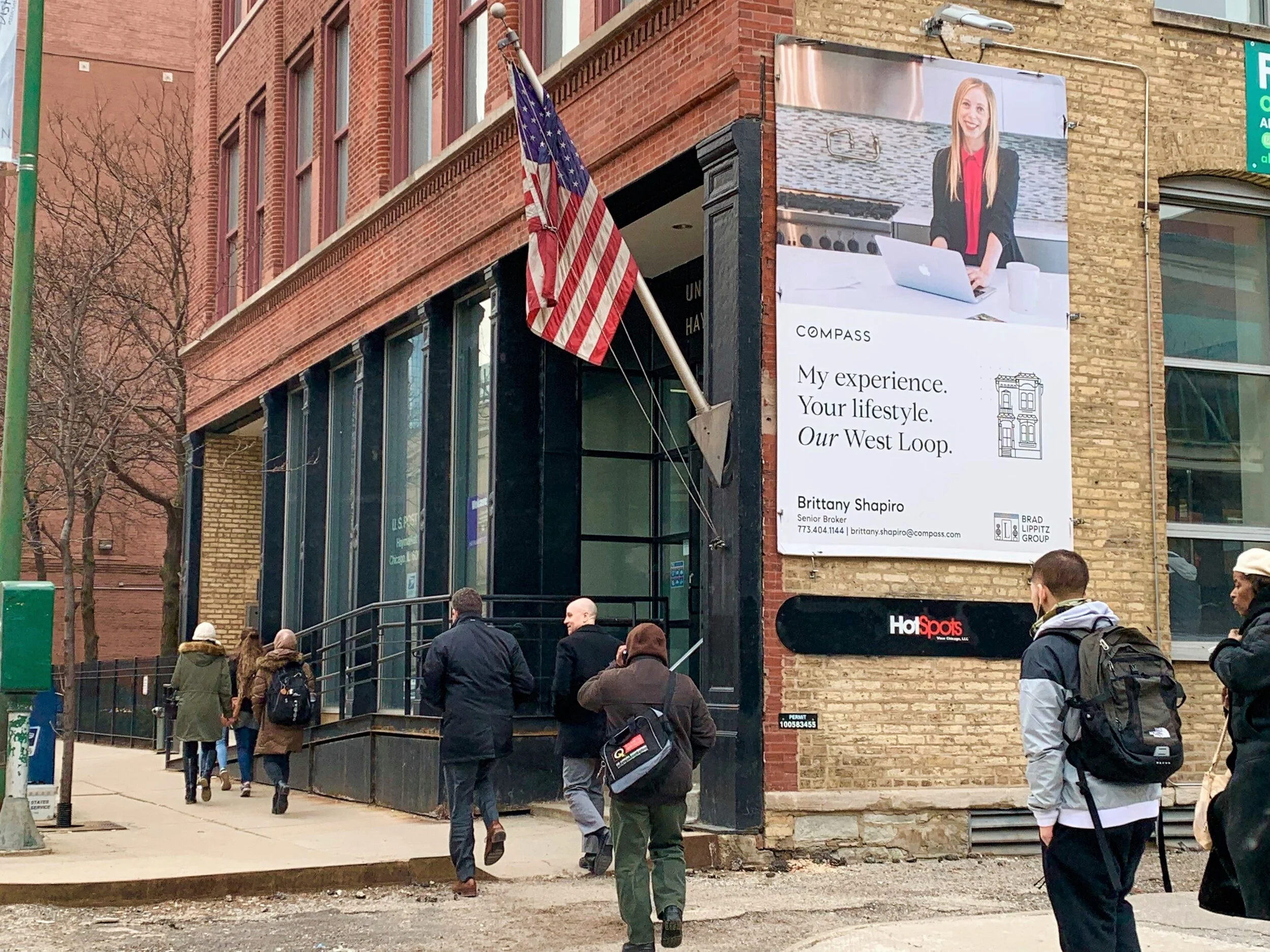Social media has gone through a lot of changes over the past decade. In recent years, platforms like Facebook and Instagram went from being 100% user-generated content to having paid ads embedded in the platform. Although social media ads seem to be the most tech-savvy choice, the truth is there are many downsides to focusing your marketing campaign on online ads. Social media has its place for certain strategies, but if you’re looking for eyeballs and effective advertising, OOH might be the best use of your marketing budget.
Social Media is Overpriced
Many sites advertise that social media has the lowest CPM (cost per thousand impressions). This one, for instance, has a graph that shows the CPM of several advertising media. Billboards are the most affordable option, surpassed only by social media. However, the truth is a bit more complicated.
First of all, these stats are likely very optimistic. Research by Wells Fargo and Nielsen both show that outdoor advertising is much more affordable than social media advertising. According to their study, social media can cost up to $17.50 per thousand impressions! On the other hand, outdoor advertising can bring you the same thousand people for a fraction of that cost—between $3 and $8.
Furthermore, there’s a hidden cost to social media marketing, and it’s time. Someone has to spend time creating and scheduling content. For social advertising to be best used, you need to create many campaign variants and change out copy multiple times a week to prevent ad fatigue. While this may be one of your employees or your ad agency doing it for you, you are still paying for it.
At the end of the day, the returns you get for social media are not the same as you get with outdoor advertising, so you end up paying more for less results.
Social Media Can Be Turned Off
Have you ever swept right past an ad on social media? Yeah, everyone does it. Social media ads are intrusive and they interrupt a person’s experience with the platform. There’s mounting evidence that millennials are turned off by online ads and find them untrustworthy. 46% of 18-24 year olds use ad blockers, so they’re not even viewing the ads.
Outdoor advertising can’t be turned off, skipped, or delayed. It’s immediately and always available in the environment, and it doesn’t interrupt a person’s experience walking or driving through a neighborhood. If you are putting an ad on OOH, you know the location will be displaying your brand 24/7 for the duration of the campaign without worrying about sharing space with competitors.
Schedule a Free Consultation
Call us today to set up a FREE consultation for your advertising needs. We can show you how we integrate social media and outdoor advertising campaigns and speak more specifically about how it could benefit your marketing goals.
Social Media is Over-Saturated
Social media is cluttered. There’s too much going on. As we discussed above, while OOH makes your brand stand alone and shine, social media obfuscates your brand and message. It places your message among many other pieces of content, letting it get lost in a sea of ads and links that lead to nowhere.
On the other hand, people like OOH, they trust OOH, they notice OOH, and, more importantly, they respond to OOH. 70% of people say they have seen an OOH ad in the past month. In the Chicago DMA, that’s over 6.5 million people.
Among people who have seen OOH ads:
41% are more likely to learn about the brand being advertised
35% buy a product after seeing an ad
70% say OOH is very, or somewhat likely, to influence a purchase
When you advertise, you want results. Social media is not always the best option. As you can see, OOH is incredibly powerful and can help you achieve your goals.
Social Media Doesn’t Have Accurate Reports
And now, we come to social media’s biggest flaw: inaccurate reporting. Social media is riddled with exaggerated numbers of impressions.
Furthermore, social media advertisers have faced fraudulent attempts at faking impressions and traffic. Take, for instance, the case with Hydra, a company that creates fake app traffic. It defrauds marketers whose ads are never seen by actual people. And the biggest problem is, the impressions are being sold through many networks—it’s a very complicated setup, which makes it more difficult to regulate.
So, in essence, the numbers you are being given about your social media campaign are not 100% trustworthy. If these problems are happening to Facebook, Lyft, and Hulu, it’s likely they’re happening to you, too.
On the other hand, OOH audiences are 100% human. Outdoor advertising is audited by several means. We use Geopath, for instance—they track real humans and provide the numbers you receive from us regarding impressions.
However, Social Media and OOH Work Well Together
When put together, outdoor advertising and social media can work wonders. The first point to make here is that outdoor advertising advertises to many at once, while social media focuses on one-to-one advertising. While OOH casts a wide net, social media can be used to target specific individuals. Since they have different approaches, using both media in conjunction with each other often yields better results than just using one medium by itself.
Take Facebook. They are the leader when it comes to social media ads, but they’re also one of the top spenders on outdoor advertising. These digital juggernauts understand that you can’t just use social media.
Outdoor advertising also leads people to social media more than any other medium. According to Nielsen, over 65% of people who saw OOH ads report that the ads prompted them to take some sort of action on their mobile device:
33% accessed a discount code or coupon
32% visited a website
45% searched for more information regarding a product or brand
Plus, if you want to grow your social media channels, did you know you can use outdoor advertising? It’s a powerful tool to get people to post about your brand organically, check out these numbers on what people do after seeing an OOH ad:
Facebook - 38% posted about the advertiser or visited their page
Instagram - 25% posted about the advertiser on their page
Twitter - 23% posted about the advertiser on their page
If You Want Results, Go With OOH
There are many types of advertising media you can use, and each type has its own pros and cons. Social media is relatively new and has therefore enjoyed the spotlight, especially due to how easy it is to target specific individuals based on their web browsing history.
Outdoor advertising delivers the same and more. It reaches 80% of US travelers in a week. But it doesn’t stop there—OOH is also highly engaging, with 81% of travelers saying they took action based on the ads and 40% reporting they look at the messages either all or most of the time.
When used along with social media, OOH can be your most powerful ally, reaching large quantities of people and providing frequent and constant reminders of your brand without creating fatigue.




